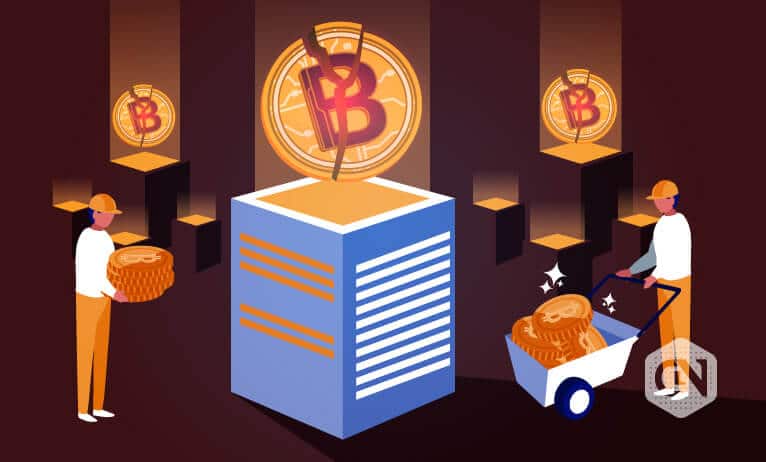The Bitcoin halving event, which takes place every four years, is the very core of the value and price of Bitcoin. This event limits the supply of Bitcoin and thereby maintains the tradable nature of the cryptocurrency asset. Bitcoin halving is an important part of the incentive system of Bitcoin’s protocol. The halving triggers a block subsidy reaction, which means that the rewards for Bitcoin miners get reduced with every halving event. Indeed, the reward will be reduced from 12.5BTC to 6.25 BTC, forcing many a miner to exit the mining profession due to the adverse impact on the profitability of Bitcoin mining. However, keeping the challenges for miners aside, the Bitcoin halving event is a lucrative opportunity for traders and investors. If you seek to make the best of the Bitcoin halving event, sign up with the-crypto-cash.com and amass a good fortune. But if you are a Bitcoin miner, faced with a hundred odds post halving event, then read on to find out about the challenges and respective resolutions too.
What is the impact of Bitcoin halving?
The block reward for the mining of new blocks gets halved, which means that the Bitcoin miners will get 50% fewer Bitcoin than before as a reward for the verification of Bitcoin transactions.
Advertisement
Bitcoin halving poses to be a significant challenge for the miners. The revenue for the Bitcoin miners has plummeted by almost 48% to 6.25 BTC for every block. In the post-halving scenario, almost 13% of a miner’s income is the fee of Bitcoin transaction. With a steep decline in mining revenues, the Bitcoin transaction fees will be increased to help the Bitcoin miners stay in business. And so, as of now, the transaction fee has skyrocketed to 400% after the latest Bitcoin halving incident. What challenges are the Bitcoin miners facing post Bitcoin halving?
Bitcoin miners are facing the following challenges post the Bitcoin halving events:
- The miner incentive has decreased, and the block reward has been reduced from 12.5 BTC to 6.25 BTC. The decrease in the incentive and profitability of mining has forced small-scale miners to give up on the mining operation.
- Post halving, miners will be faced with weak balance sheets, high costs, and almost no access to capital for operating the large-scale mining rig machinery. Small-scale miners will no longer find it sustainable to continue mining and may, therefore, exit the mining pool.
- As miners have started to leave the Bitcoin network, the security and hash rate has decreased. Hash rate is a measure of the speed in which blocks are added to the Blockchain by miners. It determines the security of Bitcoin transactions.
- The Bitcoin network will become more expensive as miners will now charge more transaction fees to verify each Bitcoin transaction.
How can the Bitcoin halving challenges be resolved?
Advertisement
Bitcoin analysts and experts have devised the following resolutions to overcome the challenges of Bitcoin mining post Bitcoin halving:
- The established Bitcoin mining pools will have to be split into smaller pools for the maximization on block rewards.
- The large Bitcoin mining firms that possess a higher hash rate will need to reconfigure the systems and invest in new mining devices to cut the mining costs. The reconfiguration will achieve a higher hash rate, stabilize the security of the system, and help to maintain the Bitcoin transaction fee at an optimum level.
- The re-scaling of mining operations will open the doors to new miners. The addition of new miners to the mining pool will make up for the exit of miners who had been working with insufficient mining machinery.







